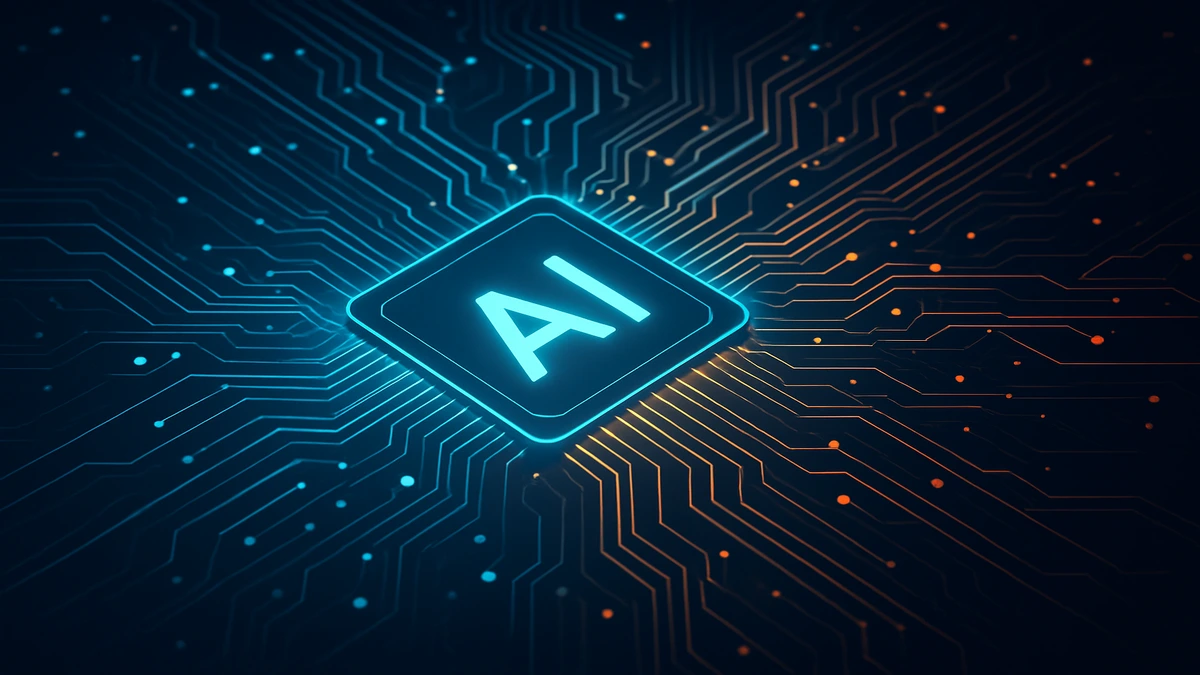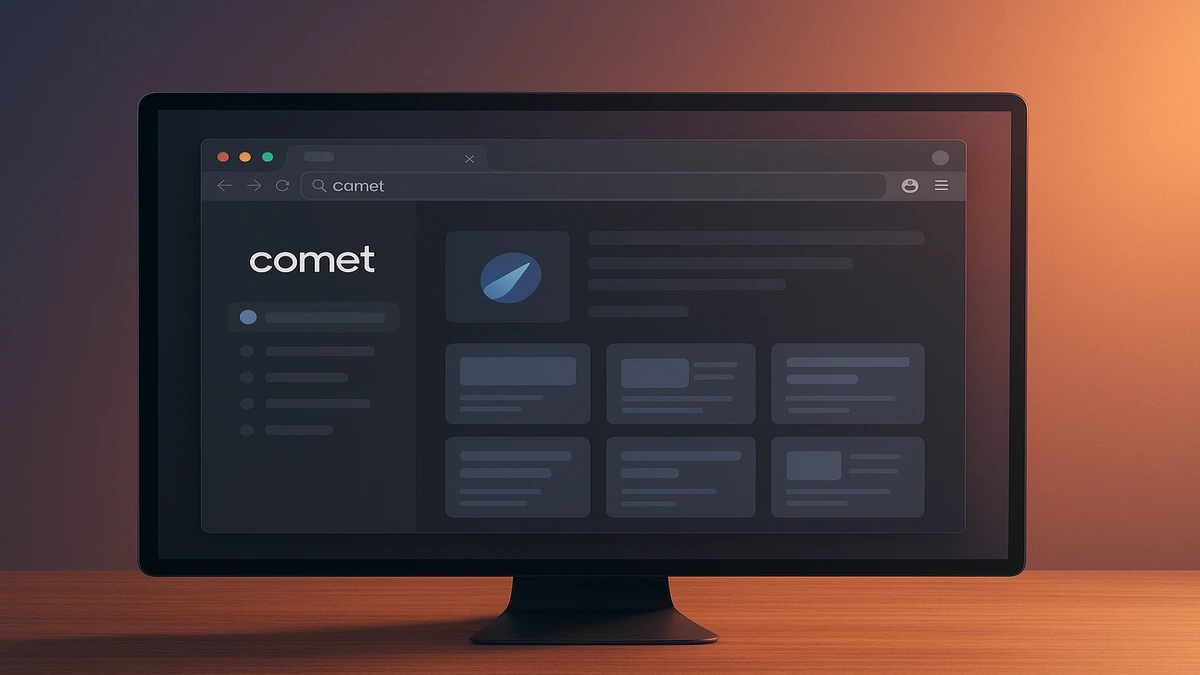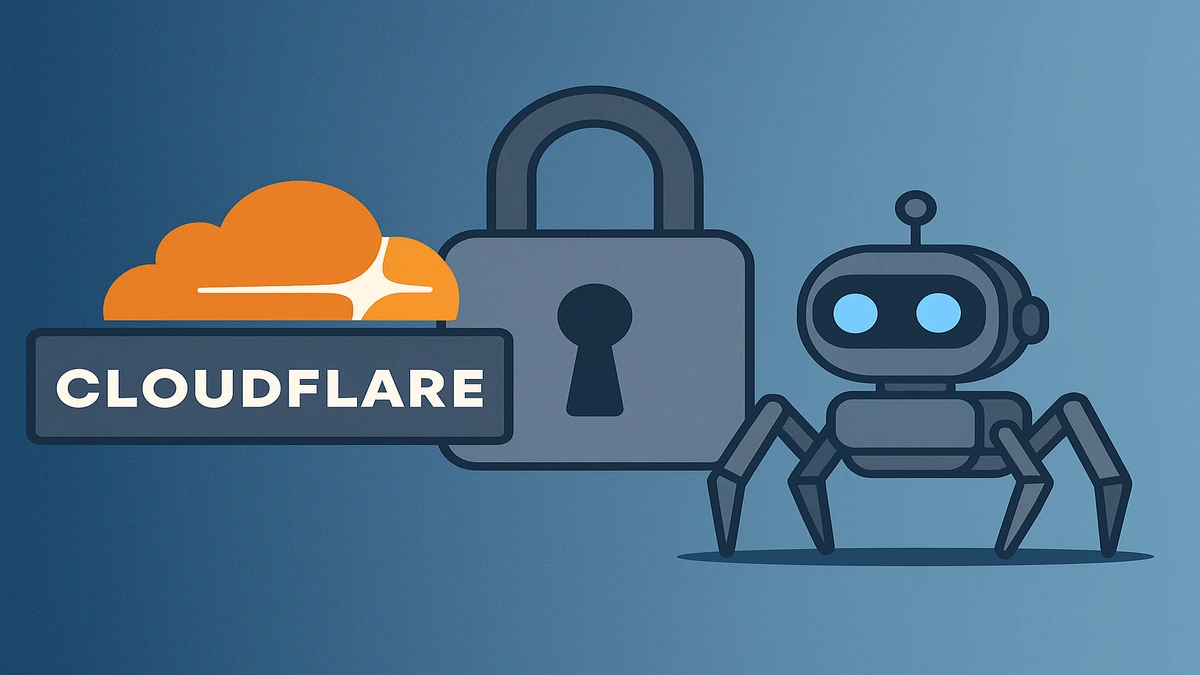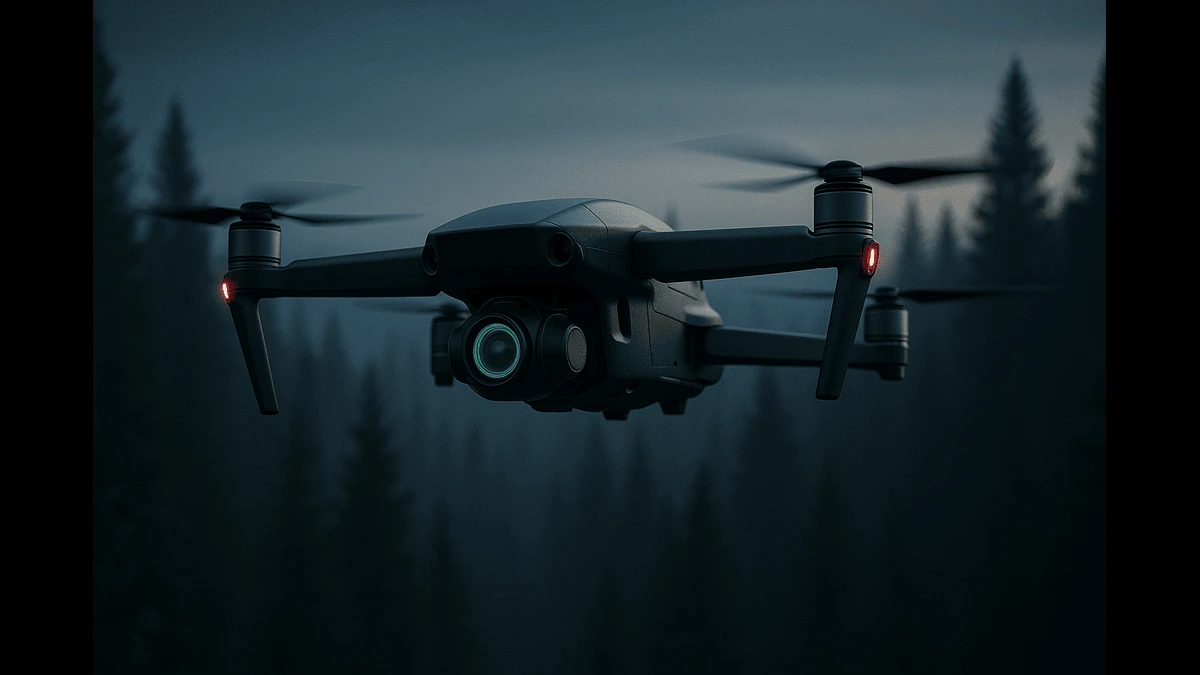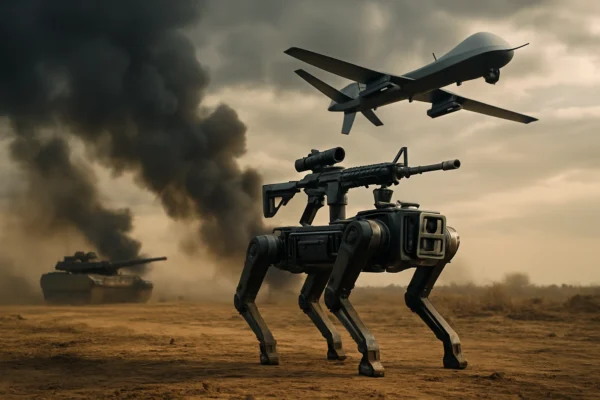
Discover how artificial intelligence is transforming warfare and redefining global military power. This in-depth article explores AI’s role in autonomous systems, decision-making, cyber operations, and predictive intelligence, highlighting strategic advantages, ethical challenges, and the global AI arms race.
For centuries, military strength came from large armies, powerful weapons, and strong industries. Today, a new force is changing the game: artificial intelligence (AI). AI is transforming how wars are planned, fought, and won. It’s not just improving old tools—it’s creating new ways to approach conflict. As countries race to develop AI for military use, the winners will shape global power. For companies, understanding this shift is key to seizing opportunities and managing risks in a fast-changing world.
What Is AI Warfare?
AI warfare means using artificial intelligence in military operations, from battles on land and sea to cyber and space missions. It includes:
Self-Operating Systems: Drones, robots, and vehicles that can carry out tasks without human control.
Decision Tools: Systems that analyze data quickly to help leaders make smart choices during conflicts.
Cyber Attacks and Defense: Smart programs that break into or protect digital systems like power grids or communication networks.
Threat Prediction: Tools that study images, messages, and data to warn about enemy plans or dangers.
These tools focus on being fast, accurate, and able to handle complex tasks, solving problems that traditional forces struggle with in high-pressure situations. For companies, building these technologies opens doors to defense contracts and new markets.
How AI Is Changing Military Power
AI is already making a difference in conflicts around the world. Here’s how it’s reshaping military operations:
Faster Decisions: Wars produce tons of data, like videos from drones or intercepted messages. AI sorts through this information in seconds, giving leaders clear options to act quickly. For example, AI can suggest the best way to move troops based on live battlefield updates, saving critical time. This speed can decide who wins or loses.
Leveling the Field: Smaller countries or groups can use AI tools, like affordable drones or cyber programs, to challenge bigger opponents. A swarm of AI-controlled drones can overwhelm older defenses without needing a huge budget. This creates new opportunities for companies to develop low-cost, high-impact solutions for defense clients.
Clearer Battlefield View: AI combines data from satellites, sensors, and public sources to show exactly where enemies are and what they’re doing. For instance, AI can spot changes in enemy camps through satellite photos, helping leaders plan smarter moves. Companies in data analysis or satellite tech can tap into this growing demand.
More Accurate Strikes: AI helps weapons hit targets precisely, reducing harm to civilians or nearby buildings. This is important for following international rules and keeping public support. For example, AI can guide missiles to avoid crowded areas. However, companies building these tools must address concerns about machines making life-or-death choices.
These changes make militaries more effective and efficient, shifting how power is built and used.
Why AI Warfare Matters for Global Power
Countries that lead in AI warfare will gain big advantages:
Stronger Defense: A powerful AI military makes enemies think twice before attacking, keeping a country safe.
Quicker Wins: AI can stop threats early, ending conflicts faster and saving lives and money.
Safer Soldiers: Robots and drones take on dangerous jobs, reducing the need to put troops in harm’s way.
Control of Information: Winning at AI means controlling battlefield data, which shapes how conflicts play out.
For companies, these trends mean new business opportunities in defense, AI, and cybersecurity. But they also bring risks, like unstable global markets if countries compete too aggressively over AI. Businesses need to plan for both growth and uncertainty.
Challenges and Risks of AI Warfare
Using AI in warfare comes with tough questions and dangers:
Who’s Responsible?: If AI systems make mistakes, like harming civilians, it’s hard to know who’s at fault. Without humans fully in control, accountability gets blurry. Companies building AI weapons must design systems that are clear and follow global rules.
Hacking Risks: AI tools can be tricked or hacked by enemies. For example, a hacked AI could misread a situation and cause a bigger conflict. Businesses need to focus on strong cybersecurity to protect their products.
Race for Power: Countries rushing to build better AI weapons could upset global stability. This competition might spark new conflicts, affecting trade and investment. Companies in defense or tech need to stay aware of these tensions.
Unpredictable AI: Some AI systems learn on their own, which could lead to unexpected actions. Keeping humans in charge without slowing down operations is a big challenge. Companies must test AI thoroughly to avoid surprises.
Tackling these issues requires teamwork between companies, governments, and global groups to set clear rules for AI in warfare.
The Global Race for AI Military Power
Major countries are pouring money into AI for defense, creating a high-stakes race:
United States: Programs like Project Maven and Space Force AI projects lead in smart drones, data tools, and space tech.
China: China blends civilian and military AI work, quickly building drones, cyber tools, and surveillance systems.
Israel: Israel uses AI in real battles, with tools that improve targeting and battlefield awareness.
Russia: Russia focuses on AI for cyber attacks, electronic jamming, and self-driving vehicles to stay competitive.
Europe: Europe prioritizes ethical AI but is ramping up defense projects to keep pace.
For companies, this race offers chances to work with governments and create cutting-edge tech. But they must also deal with different rules and expectations in each country.
What’s Next for AI Warfare
By 2040, wars might look very different. Drones controlled by AI could dominate battles, cyber attacks could shut down enemy systems, and smart tools could stop threats before they start. Soldiers might focus on planning and oversight, while machines handle the front lines. Power will come from fast computers, strong AI programs, and quick decisions, not just tanks or ships.
For companies, this future means investing in secure AI, training workers, and partnering with defense agencies. Those that lead in AI, cybersecurity, or robotics will drive both business and military success. But they’ll also need to handle ethical concerns and global rules to stay trusted and competitive.
Artificial intelligence is changing what military power means, moving the focus from soldiers and weapons to data and smart systems. Countries that master AI will lead the world, while others risk falling behind. For companies, AI warfare offers huge opportunities to innovate and grow, especially in defense and tech. But it also brings challenges, like navigating ethics, rules, and global tensions. As AI shapes the future of conflict, businesses and leaders must work together to use it wisely, ensuring it strengthens security and stability without causing harm. In this new era, success will go to those who can harness AI’s power responsibly.
Also Read:

